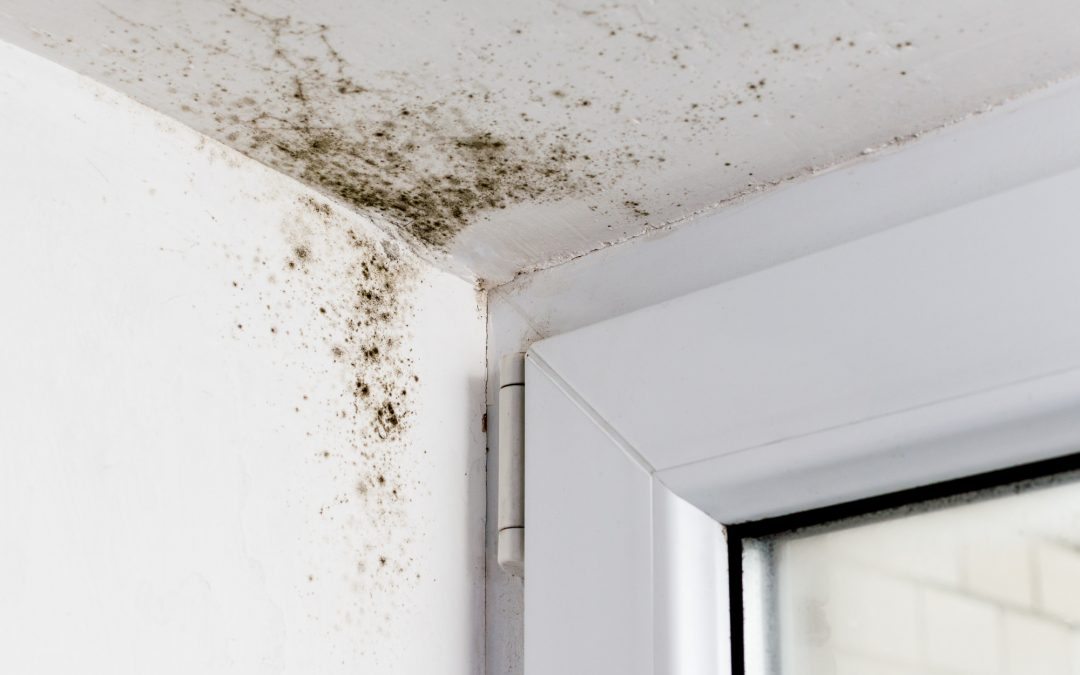As a parent, would you die for your child? The majority of parents asked, respond with a resounding, “yes”!
A parent’s number one job is keeping their children safe and healthy. And what better safe environment for kids than their own home?
Except if your home is infested with indoor mold. Symptoms like coughing, wheezing, or throat and eye irritation might be mistaken as allergies. When, in fact, they’re signs of something much more sinister.
If you think indoor mold is a problem in your own home, you’ve come to the right place.
Keep reading to discover how this silent killer can impact your child’s health. And what you can do about it.
Indoor Mold and Your Child
Children’s immune systems aren’t as strong as adults, making them more susceptible to the negative impacts of indoor mold.
Think those small black patches on your shower or basement walls are no big deal? Think again.
Respiratory Issues
These are some of the most common symptoms of exposure to indoor mold. Mold spores in the air are inhaled and irritate a child’s nose, throat, and lungs. Here are just a few of the adverse side-effects:
- Coughing
- Sneezing
- Wheezing
- Runny nose
- Flu-like symptoms
- Sore throat
- Nasal congestion
These symptoms are especially dangerous for children with pre-existing respiratory issues like asthma.
If there is mold present in your home, it’s important to have it tested to determine if it is, in fact, black mold (Stachybotrys chartarum). This mold is toxic and prolonged exposure may result in death.
Neurological Issues
Another frightening reality is that indoor mold can also impact your child’s neurological health.
Serious cases of mold and overexposure can lead to brain function impairment and the killing of vital neurons. Additional symptoms include mood swings, irritability, and nervous disorders.
Here are a few physical signs that the indoor mold in your home is affecting your child’s neurological health:
- Memory problems
- Dizziness
- Confusion/disorientation
- Numbness
- Trembling/shaking
- Depression
- Slowed reflexes
If your child exhibits any of the above-mentioned symptoms and you believe indoor mold is an issue, you need to seek professional help immediately.
Skin and Eye Irritation
Not all mold health issues are exhibited internally (respiratory or neurological). Both skin and eye irritation are visible cues that your child’s health is in danger and that indoor mold may be present.
If your child comes in direct contact with mold, chances are their skin will show it. Red, itchy, and irritated rashes are all symptoms related to contact with indoor mold.
Just as mold spores can irritate your child’s respiratory system, the same holds true for their eyes. Itchy, watery eyes that are also red or bloodshot might be more than just allergies or conjunctivitis (pink eye).
Additional symptoms include blurred vision and eye soreness or inflammation.
Long-Term Effects
Not addressing indoor mold as a parent could have disastrous consequences for your children. Even if your child never comes in contact with the mold, toxic spores are easily absorbed through the skin and eyes, are breathed in, and in some cases, can be ingested.
Mold spores can cause damage to internal organs and may even work their way into your child’s bloodstream.
Side effects include:
- Low blood pressure
- Irregular heartbeat/heart inflammation or damage
- Problems with blood clotting
- Hemorrhaging
Finding and addressing indoor mold is about more than just unsightly black patches on your walls and floors. Your child’s health is at risk.
Address Any Possible Threats Immediately
When you think of threats to your child, what comes to mind? Injury caused by accidents. School bullies. Predators.
While indoor mold might not be the first thing that comes to mind, it shouldn’t be the last. Eradicating this toxic substance from your home means preserving your child’s health and well-being.
If you think indoor mold is a problem in your home, or you want to be proactive about finding and addressing potential threats, contact our professionals today.

